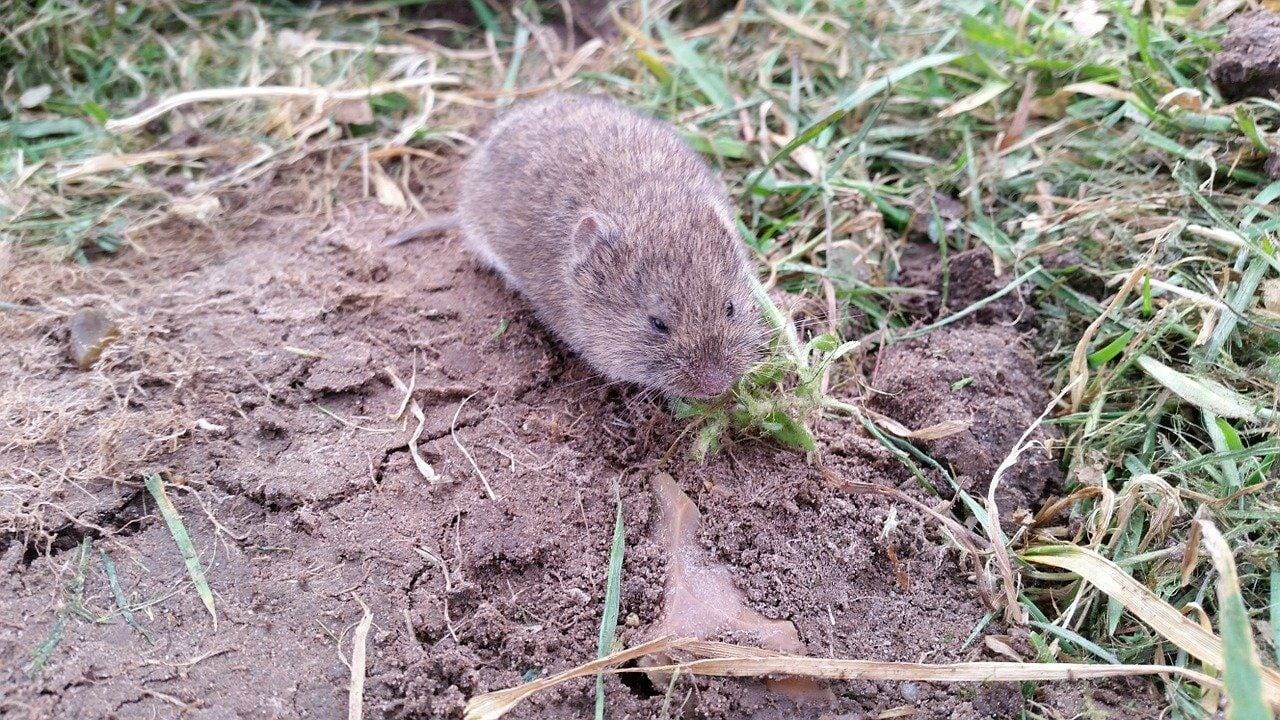

Articles
How To Get Rid Of Voles In Garden
Modified: January 20, 2024
Looking for effective ways to get rid of voles in your garden? Follow our expert gardening tips for a vole-free and thriving garden.
(Many of the links in this article redirect to a specific reviewed product. Your purchase of these products through affiliate links helps to generate commission for Storables.com, at no extra cost. Learn more)
Introduction
Voles can wreak havoc in your garden, damaging plants and creating tunnels that can undermine the stability of your soil. These small rodents, also known as meadow mice, are prolific breeders and can quickly multiply if not controlled. Dealing with a vole infestation in your garden can be frustrating, but with the right knowledge and methods, you can effectively get rid of voles and protect your plants.
In this article, we will explore the different aspects of vole control in the garden. We will start by understanding voles and their behavior, then move on to identifying signs of vole infestation. We will also discuss prevention measures to minimize the chances of voles invading your garden in the first place. Additionally, we will cover natural methods, trapping techniques, repellents, and professional vole control methods.
By the end of this article, you will have a comprehensive understanding of how to get rid of voles in your garden and regain control over your landscape.
Key Takeaways:
- Protect your garden from vole damage by implementing prevention measures like clearing vegetation, creating barriers, and inviting natural predators. Natural control methods and trapping can also help reduce vole populations.
- If facing a severe vole infestation, consider professional vole control methods such as exclusion barriers, trapping programs, and baiting programs. Stay vigilant, adjust strategies, and prioritize ethical and safe practices when dealing with voles.
Read more: How To Get Rid Of Grass In A Garden Bed
Understanding Voles
Voles are small rodents that belong to the Microtus genus. There are several species of voles, including the common meadow vole (Microtus pennsylvanicus) and the pine vole (Microtus pinetorum). They are typically found in meadows, fields, and gardens, where they create intricate tunnel systems.
Voles have a plump, stocky body with short legs and a short tail. They have small ears and eyes, and their fur can range in color from gray to brown. These rodents primarily feed on vegetation, including grasses, roots, bulbs, and tree bark. They are known for their voracious appetite and can quickly cause damage to plants in your garden.
One of the distinguishing characteristics of voles is their ability to reproduce rapidly. A female vole can produce several litters in a single year, with each litter consisting of four to six pups. This high reproduction rate can lead to a rapid increase in vole populations if left unchecked.
Unlike moles, which create raised tunnels, voles dig shallow tunnels near the surface of the ground. These tunnels can be identified by the presence of small openings in the soil and the removal of vegetation around their entrances. Voles are active throughout the year and do not hibernate, which means they can cause damage to your garden in any season.
Understanding the behavior and characteristics of voles is crucial when it comes to controlling and managing their population in your garden. By knowing their habits and preferences, you can implement effective strategies to deter them from causing further damage to your plants.
Signs of Vole Infestation
Detecting early signs of vole infestation in your garden is essential for taking prompt action. Here are some common signs that indicate the presence of voles:
1. Surface tunnels: Voles dig shallow tunnels just below the surface of the ground. These tunnels are typically around 1 to 2 inches in diameter and may be visible as winding lines in your garden.
2. Runways: Voles create well-worn paths, known as runways, in the grass or vegetation. These runways are often used by voles to access food sources and can be found in clusters.
3. Damage to plants: Voles feed on the roots, bulbs, and lower stems of plants. Look for signs of chewed vegetation, missing leaves, or wilting plants. In severe infestations, entire plants may be completely consumed.
4. Nibbled bark: Voles can also damage the bark of trees and shrubs. Check for gnaw marks and stripped patches of bark, particularly near ground level.
5. Discarded droppings: Voles leave behind small, pellet-shaped droppings that resemble mouse droppings. These droppings are often found near their burrow entrances or runways.
6. Excavated burrow entrances: Voles create burrows for shelter and nesting. Look for small openings in the soil, usually hidden in dense vegetation or under shrubs, which serve as entrance points to their underground tunnels.
It’s important to note that the presence of one or two voles does not necessarily indicate a full-blown infestation. However, vigilance is key, as voles can multiply quickly and cause significant damage if not addressed promptly.
By recognizing these signs of vole activity, you can take appropriate measures to control their population and safeguard your garden from further destruction.
Prevention Measures
Preventing vole infestations in your garden is an essential step in maintaining the health and vitality of your plants. By implementing the following prevention measures, you can minimize the chances of voles invading your garden:
1. Clear vegetation: Voles are attracted to areas with dense vegetation, as it provides cover and a ready food source. Regularly clear tall grass, weeds, and excessive ground cover to eliminate their hiding places.
2. Create a barrier: Use wire mesh or hardware cloth to create a protective barrier around the base of young trees, shrubs, and vulnerable plants. Bury the mesh at least 6 inches deep to prevent voles from burrowing underneath.
3. Keep grass trimmed: Maintain a well-trimmed lawn with short grass. This reduces the desirability of your garden for voles and makes it harder for them to create surface tunnels.
4. Remove debris: Clean up piles of leaves, fallen branches, and other garden debris. These can provide hiding places and nesting sites for voles.
5. Install owl boxes or invite natural predators: Attract natural predators of voles, such as owls, snakes, and certain species of hawks. Installing owl boxes or creating habitats that encourage these predators can help keep vole populations in check.
6. Monitor your garden: Regularly inspect your garden for any signs of vole activity. By identifying infestations early, you can take immediate action to prevent further damage.
7. Avoid using mulch: While mulch is beneficial for many plants, it can provide cover for voles. Consider minimizing the use of mulch or keeping it away from the base of vulnerable plants.
8. Maintain a tidy garden: A clean and well-maintained garden is less appealing to voles. Remove fallen fruits, vegetables, and other food sources that could attract them.
By implementing these prevention measures, you can create an environment that is less inviting to voles and reduce the likelihood of them infesting your garden. However, if voles have already established a presence, further action may be necessary to eliminate them.
Natural Methods to Get Rid of Voles in the Garden
When it comes to controlling voles naturally, there are several methods you can employ to deter these pesky rodents from wreaking havoc in your garden. Here are some effective natural methods:
1. Plant vole-resistant plants: Choose plants that voles are less likely to devour. Daffodils, marigolds, and certain varieties of lavender and sage are known to be less palatable to voles.
2. Add repellent plants: Integrate plants that have strong scents or repel voles. Plants like garlic, castor bean, and euphorbia can help deter voles from your garden.
3. Create barriers: Installing underground barriers made of mesh or gravel can prevent voles from burrowing into specific areas of your garden. Bury the barrier at least 12 inches deep to deter the rodents.
4. Use predator scents: Some predators of voles, like foxes or coyotes, give off scents that can repel voles. You can purchase predator urine or scented granules and sprinkle them around the perimeter of your garden.
5. Castor oil spray: Mix a solution of castor oil and water, and spray it on the areas where voles are active. The smell and taste of the castor oil can deter voles from feeding on your plants.
6. Natural repellents: Set up natural repellents, such as a mixture of hot peppers and water, around your garden. Spray this mixture on the plants or soak cotton balls and place them near vole activity areas.
7. Owl decoys: Voles are naturally afraid of owls, so placing owl decoys around your garden can create the illusion that predators are present, deterring voles from venturing near.
8. Use mulch alternatives: Instead of traditional mulch, consider using gravel or crushed rock around the base of plants. Voles are less likely to tunnel through these materials.
9. Regular garden maintenance: Keep your garden clean by removing fallen fruits, vegetables, and weeds that can attract voles. Regularly trim vegetation and mow the lawn to make your garden less appealing to these rodents.
It’s important to note that natural methods may require consistent efforts and may not provide instant results. Combining different natural methods can increase their effectiveness in deterring voles and protecting your garden. However, if the vole population becomes unmanageable, you may need to consider using other control methods or seeking professional assistance.
To get rid of voles in your garden, try using natural repellents like castor oil or planting daffodils, crown imperial, or other vole-resistant plants. You can also use traps or create barriers with wire mesh to protect your plants.
Read more: How To Get Rid Of Mushrooms In The Garden
Trapping Voles
Trapping voles can be an effective method to control their population and minimize damage to your garden. Here are some tips for trapping voles:
1. Select the right trap: Choose traps specifically designed for small rodents like voles. Snap traps, live traps, or multi-catch traps can all be effective options.
2. Locate active vole areas: Identify areas with high vole activity, such as their runways, gnaw marks, or burrow entrances. These are the best places to set traps.
3. Set the traps: Follow the manufacturer’s instructions to set the traps correctly. Place them near vole activity areas, ensuring that the traps are secure and won’t be accidentally triggered by other animals.
4. Bait the traps: Use appropriate bait to lure voles into the traps. Peanut butter, seeds, apple slices, or even non-toxic vole attractant can be effective baits.
5. Check the traps regularly: Voles can be cautious creatures, so it’s important to check the traps frequently. Remove any captured voles promptly to ensure the traps remain active.
6. Reset the traps: If you catch one vole, there is likely to be more. Reset the traps in the same area and continue trapping until vole activity decreases.
7. Release or dispose of trapped voles: If using live traps, release the captured voles in an appropriate area far away from your garden. If using snap traps, follow proper disposal methods and guidelines for your area.
8. Monitor and adjust: Keep an eye on vole activity in your garden even after trapping. Adjust the placement of traps based on changes in vole behavior or the discovery of new vole activity areas.
Trapping voles can be time-consuming and requires patience, but it can be an effective method for reducing their population and protecting your garden. Remember to check local regulations regarding trapping and follow ethical guidelines when handling and releasing trapped voles.
Repellents for Vole Control
Repellents can be a helpful tool in deterring voles from your garden. While repellents may not eliminate vole populations entirely, they can help reduce vole activity and protect your plants. Here are some repellent options for vole control:
1. Natural repellents: Certain plant-based substances have shown repellent properties against voles. For example, the strong scent of garlic, onions, or castor oil can deter voles. Spray a mixture of these substances diluted in water onto the plants or apply it around the garden.
2. Ultrasonic repellents: Ultrasonic devices emit high-frequency sound waves that are unpleasant to voles, causing them to seek alternative areas. These devices can be placed strategically around the garden to deter voles.
3. Predator urine: Repellents containing predator urine, such as those sourced from foxes or coyotes, can create the illusion that predators are present. Voles may avoid areas where they detect the scent of their natural predators.
4. Commercial repellents: There are several commercial vole repellents available on the market. These products typically contain a combination of natural ingredients designed to repel voles. Follow the instructions provided by the manufacturer for best results.
5. Capsaicin-based repellents: Capsaicin, the compound responsible for the heat in hot peppers, can be an effective vole repellent. Spray a mixture of hot peppers or hot pepper flakes soaked in water around vole activity areas.
6. Blood meal: Blood meal, a byproduct of animal slaughter, can act as a deterrent due to its strong odor. Sprinkle blood meal around vulnerable plants or areas where voles are active.
7. Fencing: Installing fencing can create a physical barrier that prevents voles from accessing your garden. Use mesh or chicken wire and sink it at least 6 inches deep into the ground to deter burrowing.
When using repellents, it’s important to follow the instructions carefully and reapply them as needed, especially after rainfall. Additionally, keep in mind that repellents may need to be combined with other control methods for optimal results.
While repellents can provide some level of deterrence, it’s important to remain vigilant and consider other control strategies if vole populations are persistent or causing excessive damage to your garden.
Professional Vole Control Methods
If you’re facing a severe vole infestation or if other control methods have proven ineffective, it may be necessary to seek professional assistance. Professional vole control methods can offer more advanced techniques to eliminate voles from your garden. Here are some options to consider:
1. Exclusion barriers: Professionals can install specialized exclusion barriers, such as heavy-duty wire mesh, around your garden or specific areas to prevent voles from gaining access.
2. Trapping programs: Professional trappers have expertise in identifying vole activity areas and using specialized traps to capture and remove voles from your property.
3. Baiting programs: Professionals may use targeted baiting programs to control vole populations. These programs involve strategically placing vole-friendly baits laced with rodenticides in areas where voles are active.
4. Habitat modification: Professionals can assess your garden and make recommendations to modify the habitat in ways that discourage voles from taking residence.
5. Natural predator introduction: Some professionals may introduce natural predators of voles, such as barn owls or snakes, into your garden to help control the vole population naturally.
6. Fumigation: In extreme cases, professionals may use fumigation methods to eliminate voles from underground burrows and tunnel systems.
Professional vole control methods may vary depending on your location, the severity of the infestation, and the specific expertise of the service provider. It’s important to consult with experienced professionals who have knowledge of vole behavior and effective control strategies.
When engaging professional services, inquire about their approach to vole control, their use of safe and environmentally friendly methods, and any precautions that need to be taken during and after the process.
Remember, professional vole control methods typically come at a cost, so it’s essential to assess the severity of the infestation and consider the potential damage voles can cause to determine if professional assistance is necessary.
Conclusion
Dealing with voles in your garden can be a frustrating experience, but with a combination of knowledge and effective control methods, you can successfully get rid of voles and protect your plants. Understanding the behavior and signs of vole infestation is crucial for early detection and intervention.
Implementing prevention measures, such as clearing vegetation, creating barriers, and inviting natural predators, can help deter voles from entering your garden in the first place. Natural control methods, including vole-resistant plants, repellents, and trapping, offer environmentally friendly options to reduce vole populations.
If natural methods prove ineffective or if you are facing a severe infestation, professional vole control methods can provide advanced techniques to address the issue more effectively. Exclusion barriers, trapping programs, and baiting programs are among the options professionals may employ to eliminate voles from your property.
It’s important to remain vigilant and monitor your garden regularly, even after implementing control methods. Voles can be persistent, and it may require a combination of approaches to fully manage the problem. Stay proactive and adjust your strategies as needed to ensure long-term vole control.
Remember to consider ethical and safe practices when dealing with voles. Keep in mind that these small rodents are a part of the ecosystem and play a role in it. Focus on minimizing damage to your garden rather than completely eradicating voles from the environment.
By following these guidelines and applying a combination of techniques, you can regain control of your garden and protect your plants from the destructive habits of voles. With patience, persistence, and the right strategies, you can create a garden environment where voles are less likely to thrive and cause damage.
Frequently Asked Questions about How To Get Rid Of Voles In Garden
Was this page helpful?
At Storables.com, we guarantee accurate and reliable information. Our content, validated by Expert Board Contributors, is crafted following stringent Editorial Policies. We're committed to providing you with well-researched, expert-backed insights for all your informational needs.
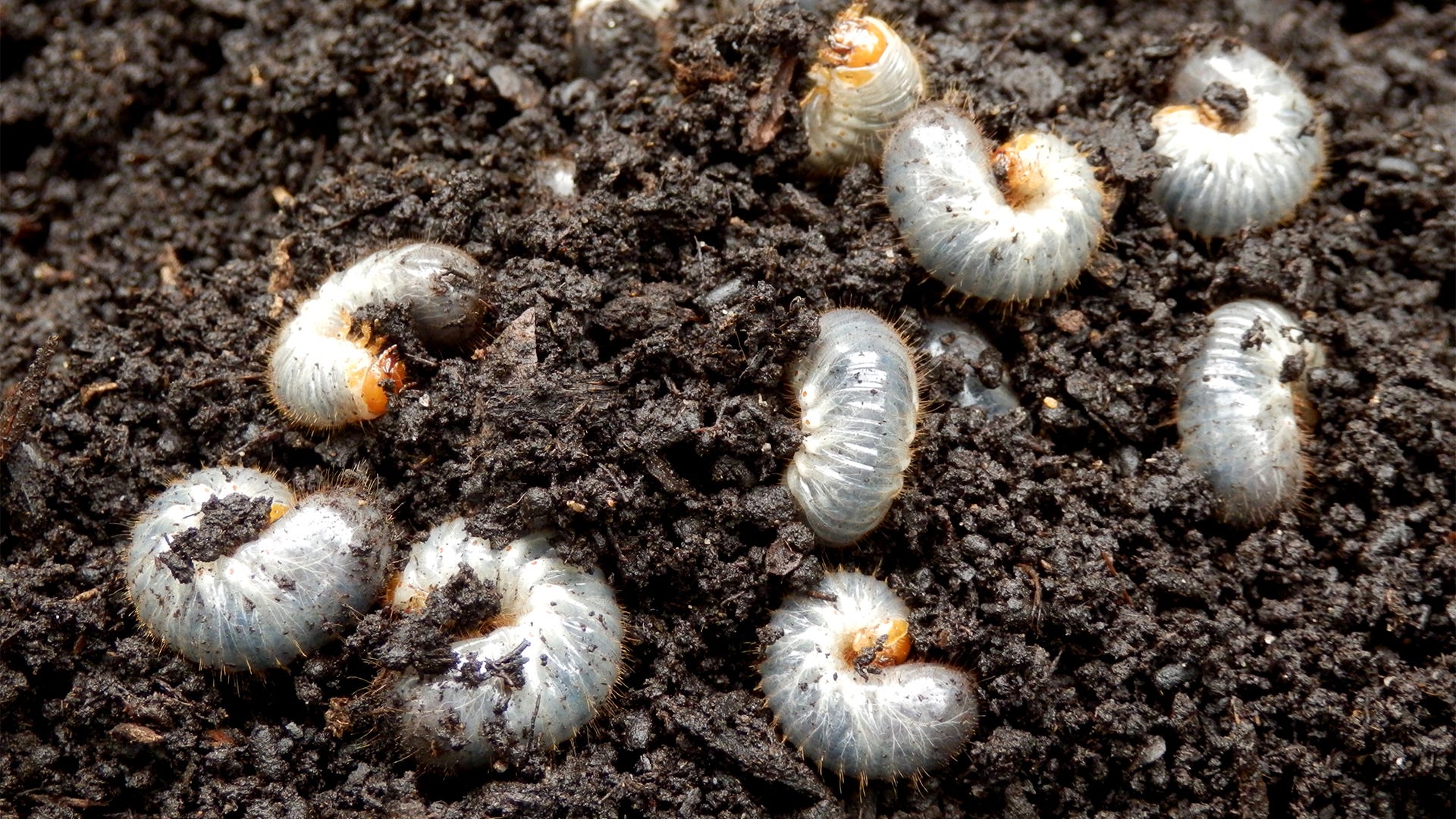

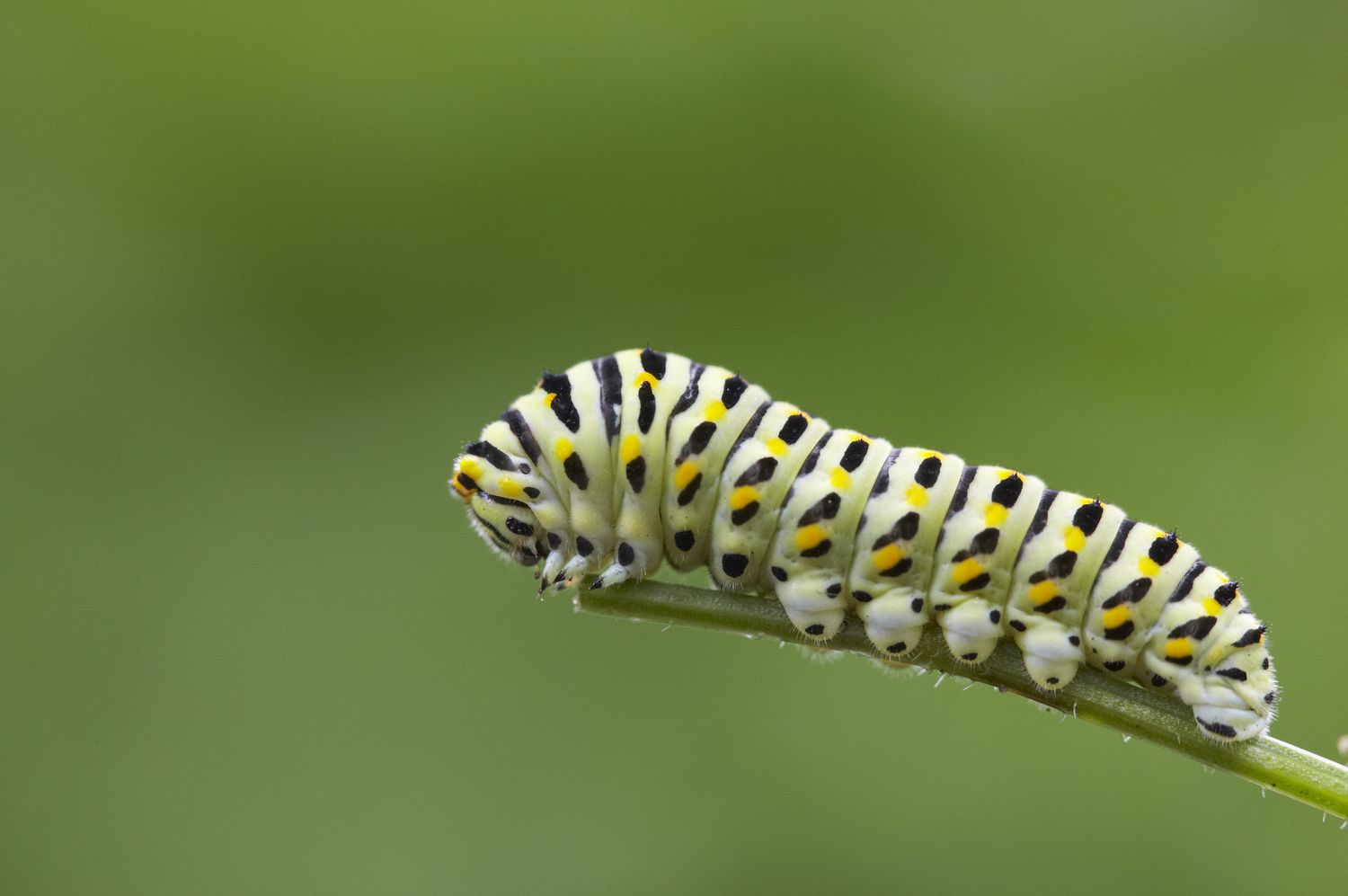
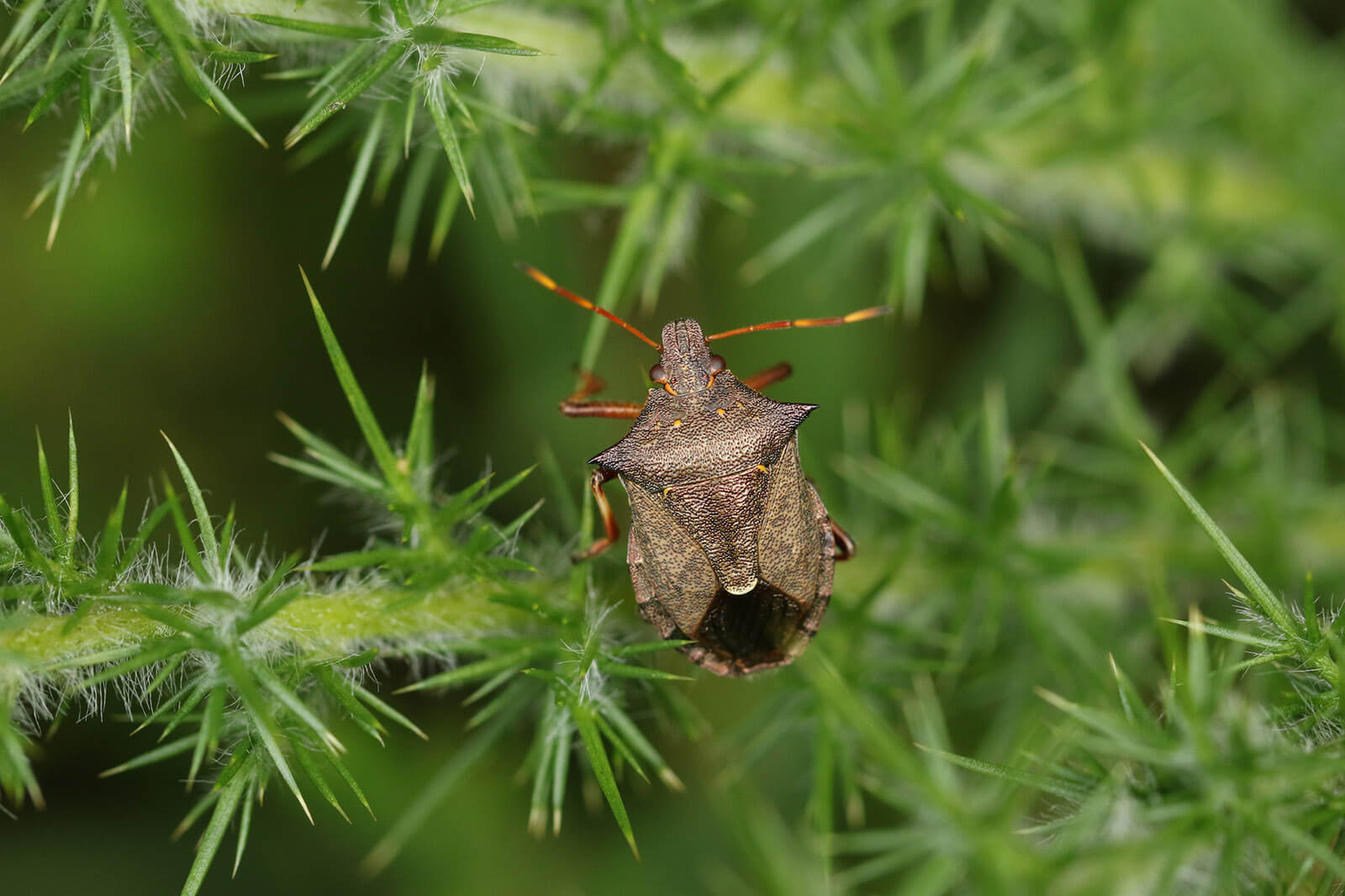



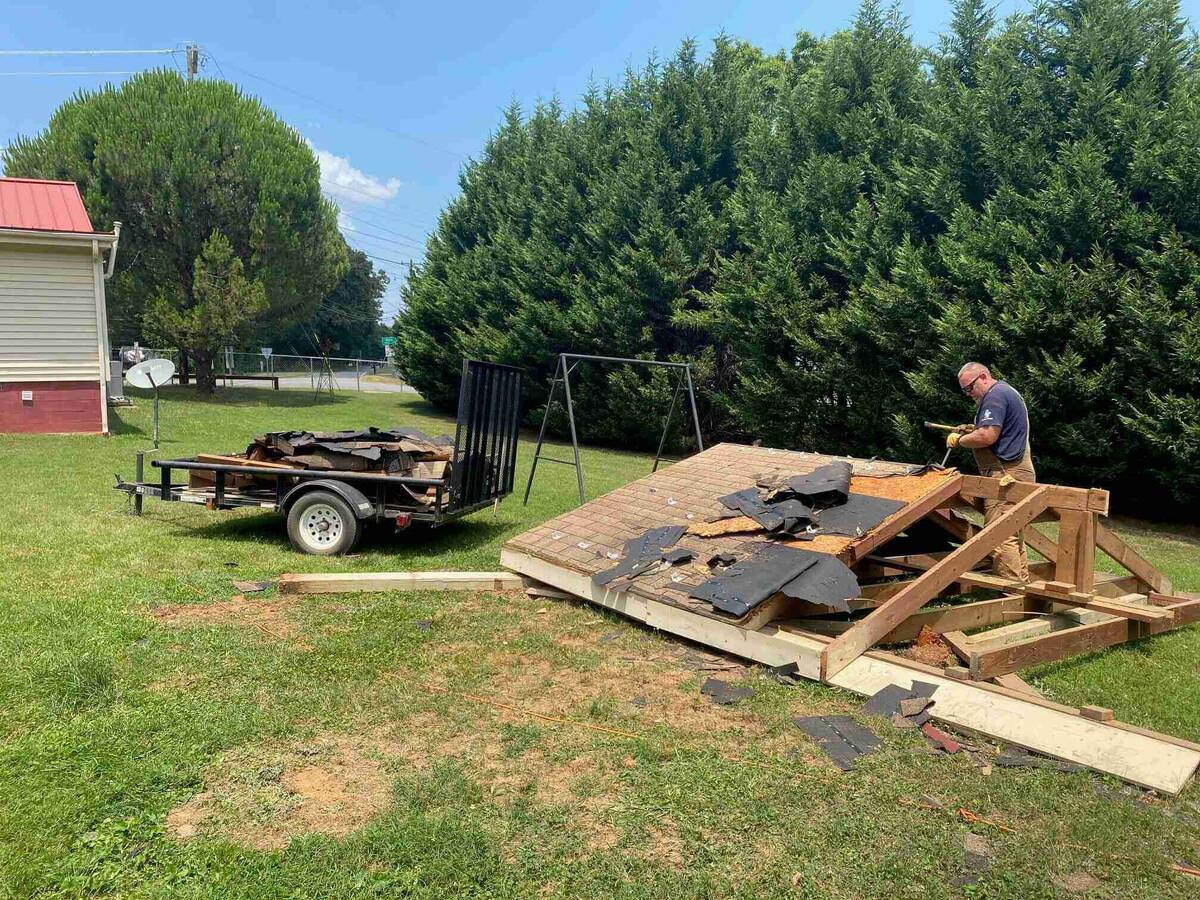




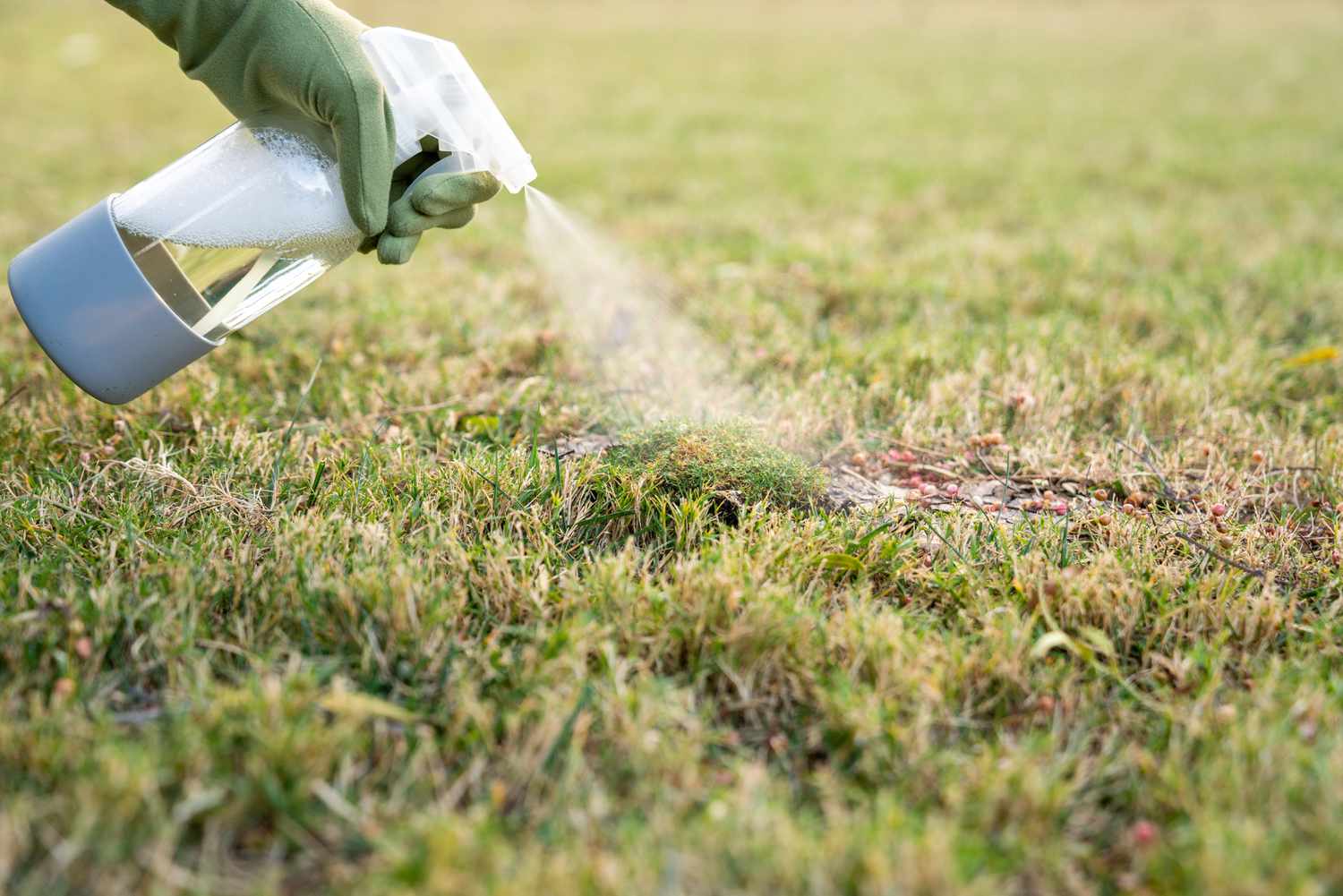
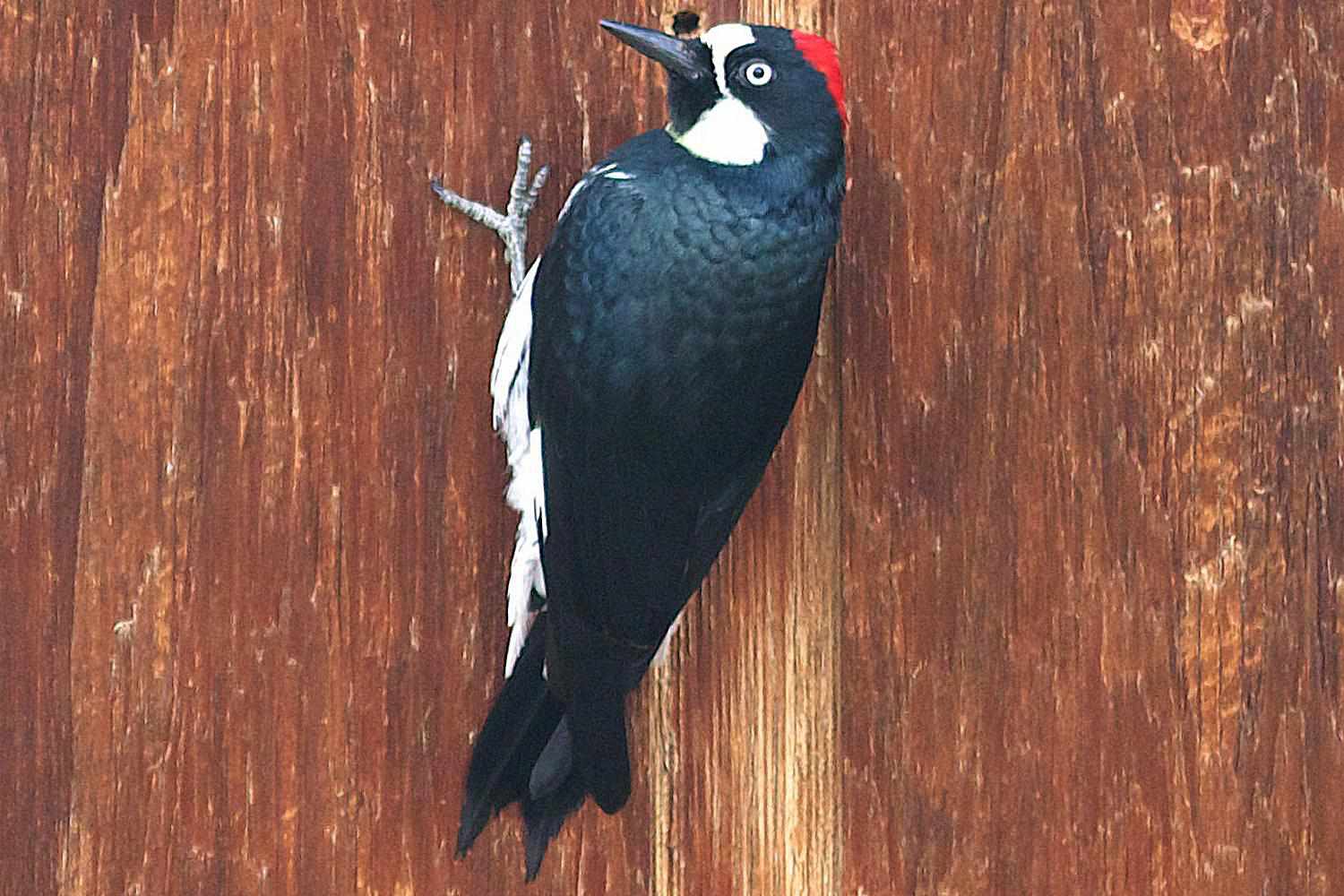

0 thoughts on “How To Get Rid Of Voles In Garden”